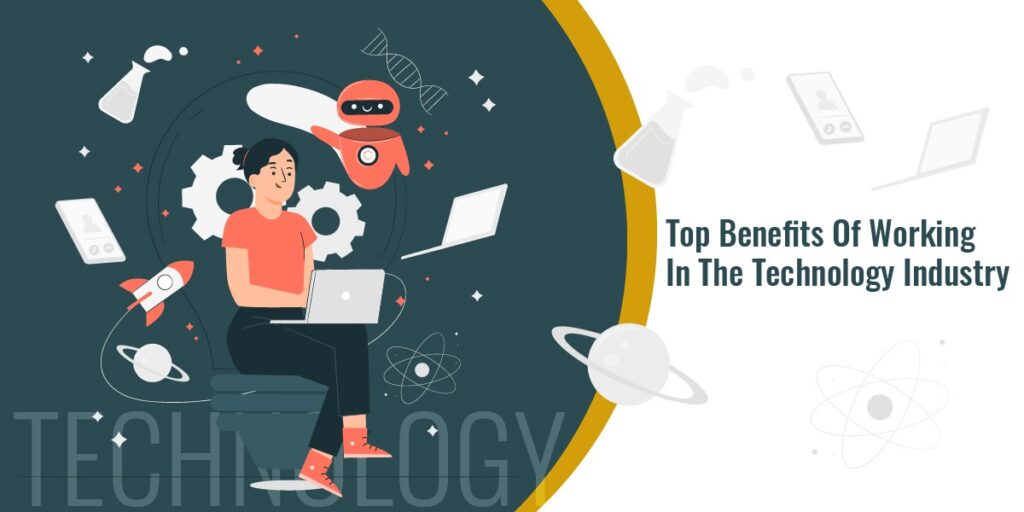Technology important in the workplace
5 BenefitsIt can provide higher-quality products or services, enhance customer service and the user experience, and reduce waste while improving productivity for higher profit margins. All in all, properly utilizing technology in the workplace creates a competitive advantage.
5 Benefits
1. Fastens Work
Without a doubt, the first and foremost advantage of technology in the workplace is its fast and quick nature, to which everyone seems to agree. Simply put, it advances work much faster.
An employee can turn in loads of work seamlessly if they have the right tool, resources and technological support for their job. With the help of technology, workers can compress massive data into small zips or databases without moving cabinets.
Nowadays, it is easy for someone to search old files with cloud storage as long as you have the correct folder directory of the search world. It is not just files and databases or software development, but manufacturing and production of goods through machines have also undergone tremendous changes.
An employee’s success is based upon up skilling and learning new things to keep up with worldwide trends. Hence, if your workers have the right technological tools, it encourages them to perform their best. Also, it allows them to transmit information in the workplace with ease and speed.
2. Fosters Innovation and Creativity
Technology plays a significant role in enhancing employee creativity at the workplace. It is considered the central element to how employees can think out of the box and develop new ideas and innovative thoughts in the workplace.
For instance, in the present world, technology is an important aspect of every marketing strategy. Social media platforms are helping to initiate conversations between workers and potential clients/customers in the market. Furthermore, platforms like Slack, Zoom are an essential part of team communication, brainstorming, and facilitating workflow for many companies.
3. Better Customer Experience
Intuitive web designs can help streamline your operations on the first point of contact with your potential clients. Automated tools can enable customers to book appointments and consultations. IFTTT systems help address customer issues at any given moment. These technological systems can help build consumer trust and brand image.
There are endless possibilities for small enterprises that enhance their IT blueprint. The benefits listed barely scratch the surface on the potential of adopting technology solutions for business.
4. Encourages Innovation and Creativity
Technology has been a key player in enhancing creativity in the present time. It has therefore been found central to how employees think outside the vicinity of the box and develop new innovations at their different workplaces. Taking an instance of how technology is being used as a marketing tool in most businesses today, several social media platforms have helped to initiate interactions between employees and prospective customers in the marketplace.5 Benefits Also, platforms like wikis are now used by many companies and organizations to interact and transmit information and promoting brainstorming within the sphere of work.
Helps in hiring and recruiting: The internet has made recruiting and hiring a lot easier for managers. With the help of this technological tool in the workplace, companies can now make awareness of available job openings to the public faster.With the combination of several other assessment tools with the internet, managers can reduce their target to specific candidate target without having to use the print media.
5. Increases Profits
Using technologies which substitute for human resources have greatly helped to bring down the cost of production in many companies and organizations. This, in turn, helps to boost profit and returns. The significant effect of this is that, the company’s profit margin increases as the costs needed for production and full functioning decreases.
Conclusion
5 Benefits The concept of workplace technology is constantly changing. In the past, it mainly consisted of physical hardware and basic software. But with the digital revolution, it has grown to include advanced software solutions, cloud-based services, artificial intelligence, machine learning, and Iota devices.



2 Comments
Pingback: 6 WAYS TO MANAGE YOUR SALES PIPELINE - Tech Lycium
Pingback: Top 5 Best Tech Websites and Blogs 2024 - Tech Lycium